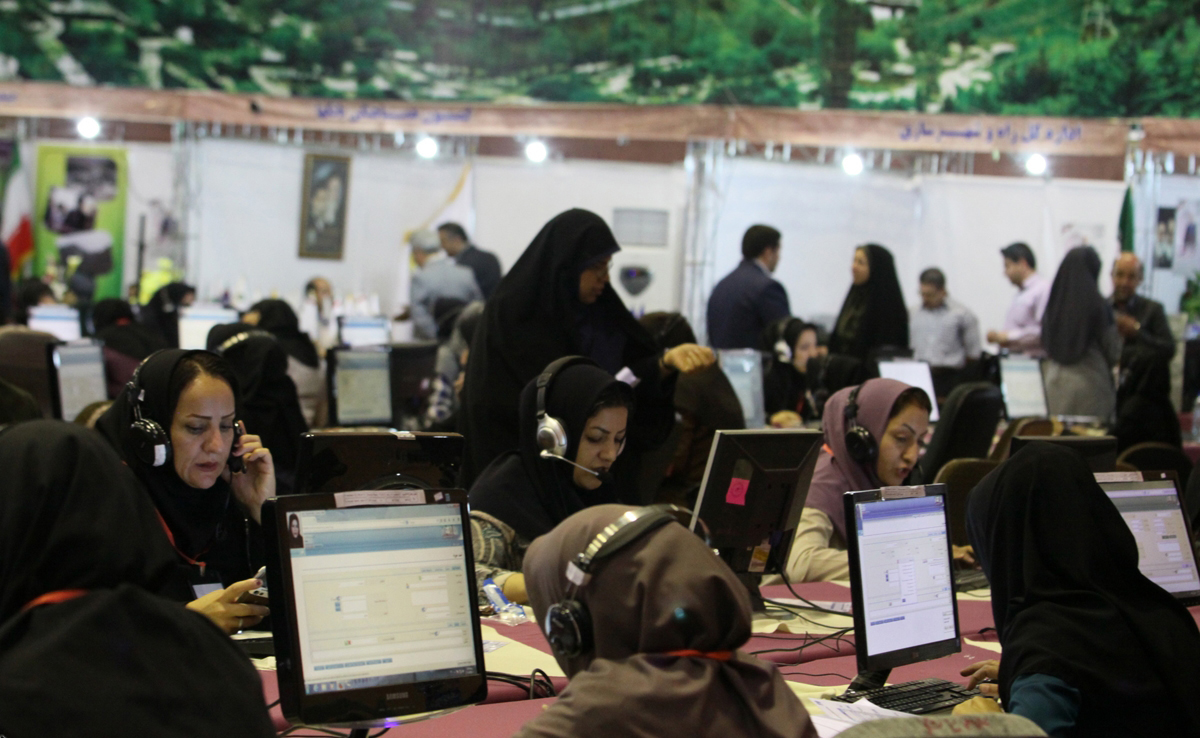A report by the Statistical Center of Iran (SCI) shows women’s participation in the economy increased from 12.4% in 2013 to 16.4% in the first quarter of the current fiscal that started in March.
However, experts insist the higher “participation rate” doesn’t necessarily mean that “women’s employment rate” has also increased. The main reason behind the higher figure is the growing number of women graduates hunting for work, IRNA reported.
The participation rate is a measure of the active labor force. It refers to the number of people who are either employed or are actively looking for work.
Active population in the country (both employed and those searching for a job) has increased from 23.8 million people in 2013 to 26.6 million in 2017, which means the active population increased by 2.8 million over four years.
Given the fact that currently around half of all university students are women, jump in the number of female grads looking for work and the consequent increase in women’s participation rate should not be seen as improbable. Official figures, however, also point to the fact that many women with university degrees have not been able to find work.
While officials often love to say “many job opportunities have been created for women”, the rate of women’s unemployment is still high. SCI has put the first quarter unemployment rate for women at 20.8%, nearly double for men (10.6%).
Earlier deputy minister of cooperatives, labor and social affairs, Isa Mansouri has said “Due to cultural reasons, some employers still prefer to hire men and the government cannot interfere with that.”
Of the total female workforce, 50% are experts in various fields including teaching, 20% are active in the industrial sector, 11% are office workers, 10% are in sales, 4% are in executive managerial posts, and 5% are in other sectors, says a report by Iran Entrepreneurship Association.
According to vice president for women and family affairs, Shahindokht Molaverdi, even employed women could receive unequal remuneration for work done equal in value to men and may also be overworked and underpaid, in many cases even without having any contractual agreement.
Education
As the rate of female unemployment is high in the country, many Iranian girls prefer to continue with higher education.
“I was looking for work for more than a year but could find a job related to my field . So I decided to continue my studies at the master’s level. I hope to find a job after postgraduation,” an industrial design graduate told IRNA.
This seems to the case with many young girls today.
According to the latest official figures, women accounted for over half of university students in Iran and 70% of science and engineering students.
In 2012, according to UNESCO, over 2 million out of 4 million students in tertiary education in Iran were females, thus marking the fifth largest female enrollment after China, India, US and Brazil. In engineering fields, Iranian women enrollment ranked first in the world and in science fields second, after the US.


